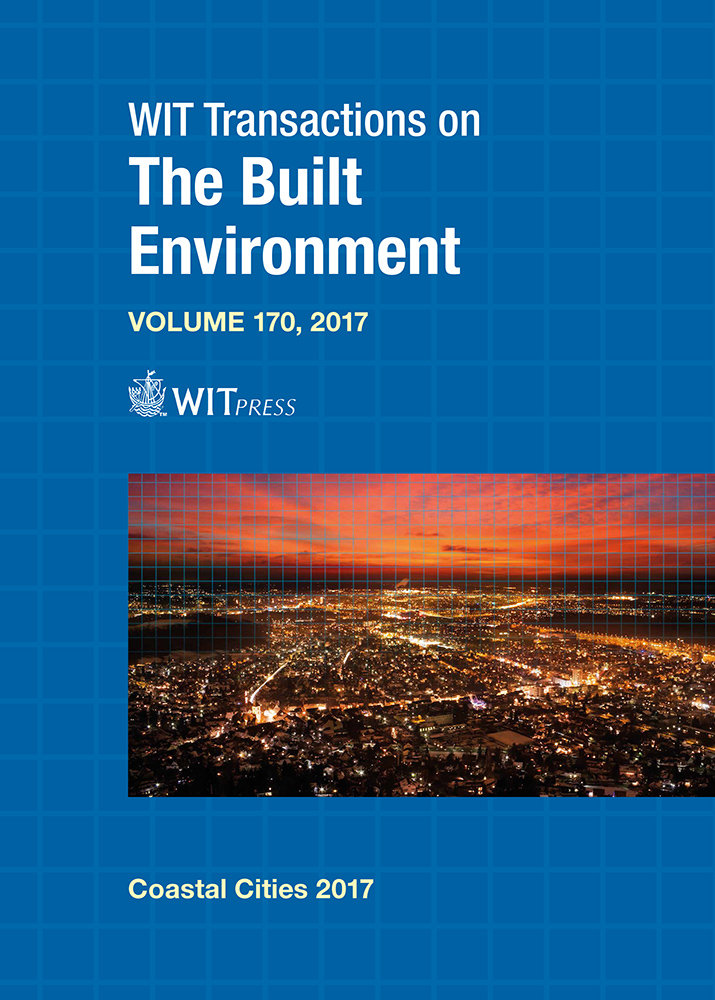CLEVELAND METROPARKS AND THE LAKE ERIE COAST: NATURAL CAPITAL AND RESILIENCE IN THE FOREST CITY
Price
Free (open access)
Transaction
Volume
170
Pages
9
Page Range
23 - 31
Published
2017
Size
842 kb
Paper DOI
10.2495/CC170031
Copyright
WIT Press
Author(s)
DEBRA K. BERRY, KELLY B. COFFMAN, BRIAN M. ZIMMERMAN
Abstract
Cleveland Metroparks conserves natural resources and provides recreation and education to over 17 million visitors annually. Founded in 1917, this natural-area park system protects major riparian corridors leading to Lake Erie, the southernmost Great Lake and part of Earth’s largest surface freshwater system. The purpose of this paper is to demonstrate and quantify the value of the park system’s natural capital: 23,200 acres of parkland and nearly four miles of Lake Erie shoreline. The Trust for Public Land conducted a 2013 study which determined that Cleveland Metroparks provides over $855 million in economic benefits to the regional economy annually. The study used conventional methodology, resulting in a conservative and defensible dollar value. The contributions of parks, open space, trails, and other aspects of natural capital to community health and resilience continue to be studied and quantified. This paper compiles and presents the spectrum of benefits provided by vibrant parks, open space, and trails and their crucial role in today’s resilient coastal cities.
Keywords
natural capital, resilience, Cleveland Metroparks, stewardship, economic impact, trails, Ohio





